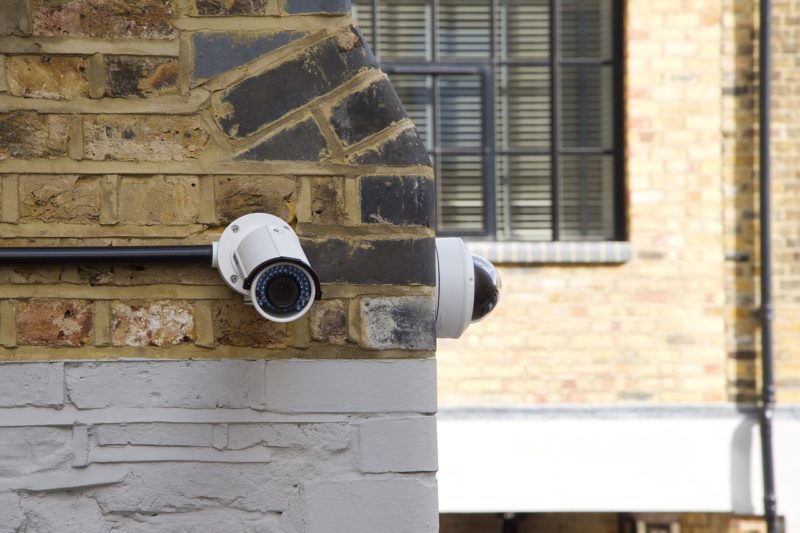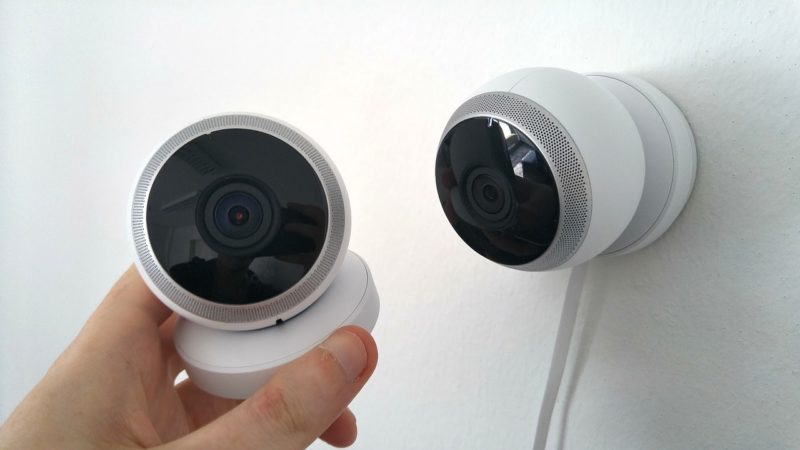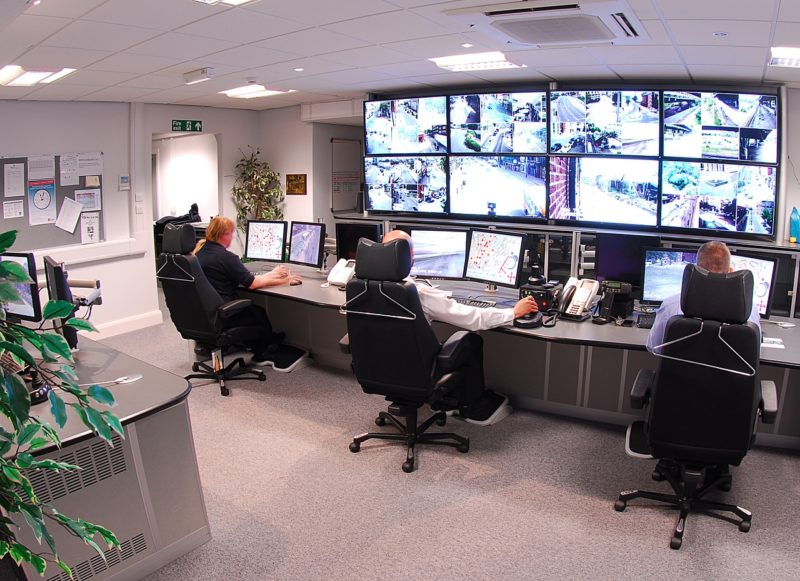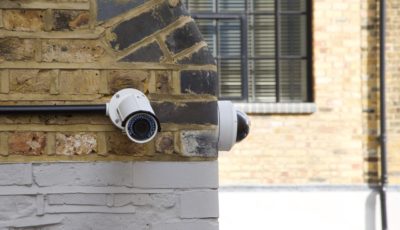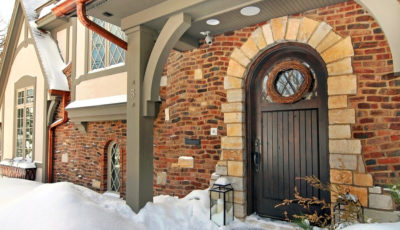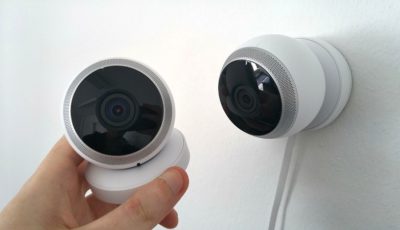The Ultimate Guide to Installing CCTV Cameras for Home and Business Security
CCTV cameras have become a necessary security measure for both homes and businesses. They provide a deterring effect on potential intruders and can help catch any criminal activity on video. The installation of CCTV cameras is a relatively straightforward process, but it’s essential to plan and understand the necessary steps before proceeding.
In this article, we’ll provide an ultimate guide to CCTV camera installation for home and business security.
Determine the Area to be Monitored
The first step in installing CCTV cameras is to determine the areas that need to be monitored. For homes, these areas might include entry points such as doors and windows, as well as outdoor spaces such as the front and back yards. For businesses, it’s essential to monitor the perimeter of the property, cash registers, and any sensitive areas such as storage rooms.
Choose the Right Type of Camera
Once you have determined the areas to be monitored, the next step is to choose the right type of camera. There are several types of cameras available, including bullet, dome, and PTZ cameras.
- Bullet cameras are best for outdoor use and provide a wide field of view.
- Dome cameras are best for indoor use and are less noticeable as they are more aesthetically pleasing.
- PTZ (pan-tilt-zoom) cameras are best for monitoring large areas and provide the ability to move the camera to get a better view of the area being monitored.
Decide on the Number of Cameras Needed
The number of cameras required will depend on the size of the area to be monitored and the level of detail required. A general rule of thumb is to have one camera for every 400-500 square feet of space.
Choose a Power Source
CCTV cameras can be powered by either a direct power source or a battery. Direct power source cameras require a power outlet and are best for indoor use, while battery-powered cameras are best for outdoor use and do not require a power outlet.
Choose a DVR or NVR
A DVR (digital video recorder) or NVR (network video recorder) is required to store the video footage recorded by the cameras. The DVR is connected directly to the cameras, while the NVR is connected to the cameras over the network. The NVR is more suitable for large businesses with multiple cameras, while the DVR is better for smaller home or business installations.
Install the Cameras
Once you have all the necessary equipment, it’s time to install the cameras. Start by mounting the cameras in the desired location, making sure they are securely attached to the wall or ceiling. Connect the cameras to the DVR or NVR and test them to ensure that they are working correctly.
Connect to the Internet
If you have chosen to use an NVR, it’s essential to connect the NVR to the internet. This will allow you to access the video footage remotely using a smartphone, tablet, or computer.
Set up Motion Detection
Most CCTV cameras come with motion detection, which triggers the camera to start recording when motion is detected in the area being monitored. This feature can help to conserve storage space and reduce the amount of footage that needs to be reviewed.
Regular Maintenance
Regular maintenance is crucial to ensure that the CCTV system continues to work effectively. This includes checking the cameras regularly for any signs of wear or damage, and ensuring that the storage capacity is sufficient to store the video footage.
Conclusion
Installing a CCTV system is a relatively straightforward process, but it’s essential to plan and understand the necessary steps before proceeding. By following the steps outlined in this article, you can ensure that your CCTV system is installed correctly and provides the best possible security for your home or business.
It’s also important to keep in mind that the installation of a CCTV system is only one part of a comprehensive security plan. It should be used in conjunction with other security measures such as locks, alarms, and proper lighting to provide the best possible protection.
In conclusion, CCTV cameras are an important security measure for both homes and businesses. With the right planning and preparation, the installation of a CCTV system can be completed quickly and efficiently, providing peace of mind and a secure environment.

